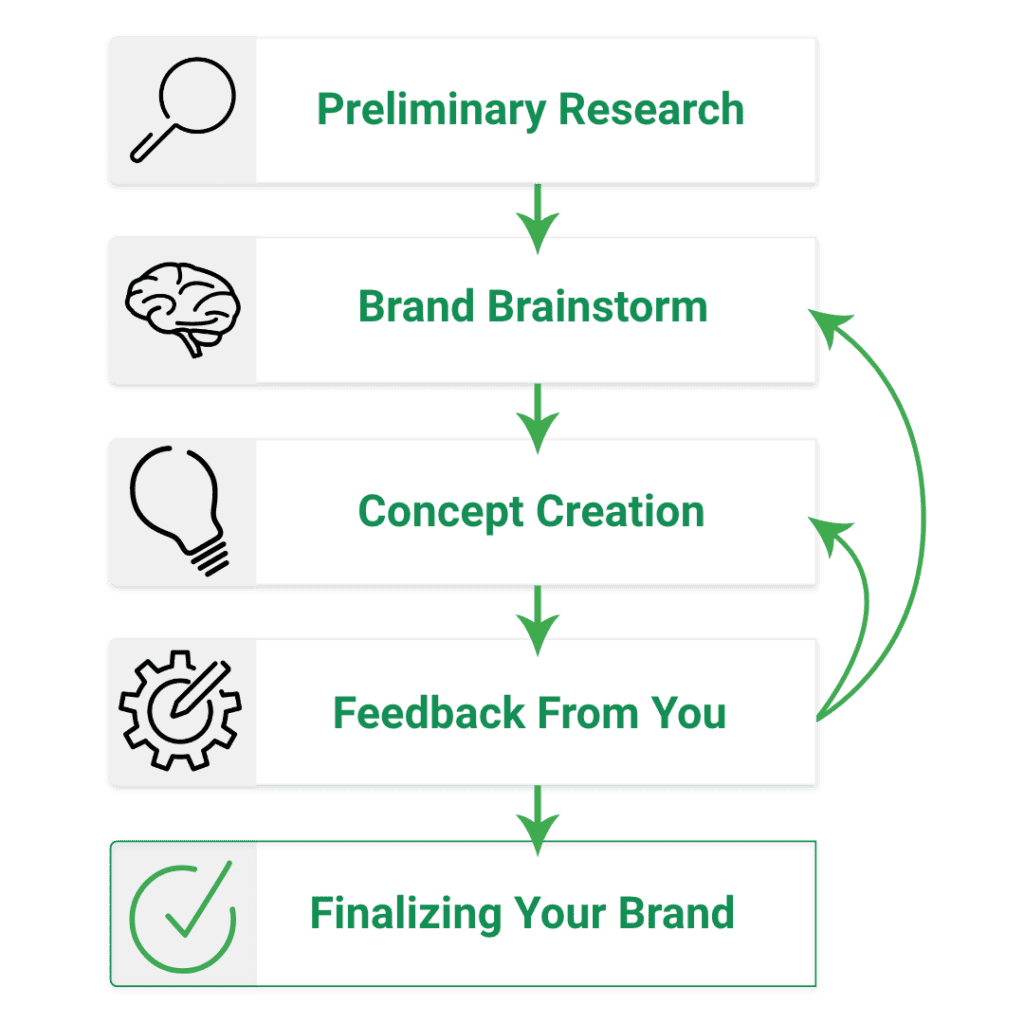Using Design Collaboration For Project Success
In today’s competitive market, exceptional graphics can make a company stand out. Design collaboration can provide these effective assets while balancing client requests with user needs. By encouraging a partnership where clients and designers can communicate effectively, design teams can be more productive, save time and money, and curate better project solutions.

Why Design Collaboration?
Communication and collaboration have come a long way. Today, the most successful designers and clients work together enthusiastically. Of course, there is always room for growth, but professional development is often best accomplished alongside a team. Design collaboration exemplifies teamwork and collective participation. By designing collaboratively, projects are more efficient and benefit from more diverse considerations.
Not only is there much to gain from design collaboration, but there is also a risk of not communicating. Take the Mars Climate Orbiter, for example. An infamous demonstration of the perils of miscommunication, this NASA mission failed when partners did not convert from English units to metric units. The cost of this failed mission would today be worth almost half a billion dollars. This project faced extreme consequences for failing to employ a common language. In this way, effective design collaboration is not only proactive but also preventative.
This teamwork and collective effort will reap success for partnerships in many contexts. Let’s investigate how Online Optimism provides stellar service by inviting you to be involved in our processes.
Design Collaboration Requires Empathy for Partners
Empathy is essential to the creative process, not only for understanding user needs but also for fostering collaborative communication. Designers and their clients mutually rely on each other for business and should practice mutual respect. Having empathy optimizes collaboration, allowing for clear communication without hesitation. At Online Optimism, one of our values is to Build on Trust. We even present a build-on-trust agreement where we identify our commitments and communication goals upfront. By prioritizing a foundation of trust with our partners and employees, we can nurture our culture for long-term success.
Design Collaboration Prioritizes Communication
One critical reason designers should invest in communicating with their clients is that they have knowledge essential to project success. Just as designers have unique expertise in their field, clients have insider information about their industries and company. However, this can also mean that it can be challenging to understand each other. Sometimes needs and opinions differ, but other times it can be a matter of differing language, like usage of niche jargon. The inverse could also be true, where communication might be too vague to be helpful. The solution is for partnerships to have a better understanding of each other. Communicating tactfully and establishing expectations by addressing a specific problem, considering context, and avoiding subjectivity enables design teams to be more efficient and produce better, more tailored results.
Our second value, Be Exceptionally Helpful, demonstrates how we will always prioritize our quality of service. As Optimists, we strive to not only satisfy our clients but to serve above and beyond. In this way, we will help you throughout our process by showing you the steps from the start. These steps include and encourage multiple rounds of revisions and even allow for unlimited reviews so each project can get the care and attention it needs.
Design Collaboration Utilizes a Structural Strategy
Even with empathy and transparency, knowing where to start or what to say can sometimes be challenging. Providing structure to the design process, communication, and critique helps facilitate creativity. While having no creative restraints might seem like a dream come true, they are vital to a project’s success. Identifying project goals and using them as a guide gives teams a purpose and forward momentum. Having a design brief is helpful, for example. Collecting relevant data and company insights from clients is how designers can make intentional, research-based decisions for successful project outcomes. A clear declaration of project goals also provides a reliable baseline to prioritize during critique sessions. In this way, visualizing a successful end project can contribute to giving meaningful feedback on a design.
While a design brief or contract can be considered the backbone of a project, other great examples of structural strategies benefit collaborative teams. Especially today where many teams work remotely, companies often utilize project management tools such as Slack and Asana to organize, optimize, and provide a structural foundation for their operations.
The Online Optimism Approach
As optimists, we take great pride in our work and our relationships. We value our client partners and their involvement in design collaboration and are transparent about our processes and priorities. To use our branding process as an example, here is an overview of the steps we take:

Our Process Achieves Creative Results For Your New Brand
It’s not enough to be informed about design best practices; designers also need to be knowledgeable about their clients so they can confidently assess how to best represent them. At Online Optimism, we start our process by conducting research and a branding brainstorm. These involve asking questions that gather relevant information used to learn more about the project and inform design decisions:
- What does your organization stand for?
- What is your organization’s main goal?
- How are you different from your competitors?
- Who are your customers?
- Why would your customer choose you?
- Where will your organization be in ten years?
Asking questions provides structure to the brainstorming process, allowing us to create informed, intentional, and insightful graphics. We keep clients involved and value their feedback, returning to ideation and conceptualization with their thoughts in mind as often as needed.
Partner With Us Today
Online Optimism exemplifies design collaboration by being understanding, transparent, and supportive, but we offer even more than great design! We are a full-service digital marketing agency and our capabilities stretch across platforms to cover nearly every tactic that an organization can utilize to grow and better represent their business. Contact us to keep your design and marketing needs in good hands.
